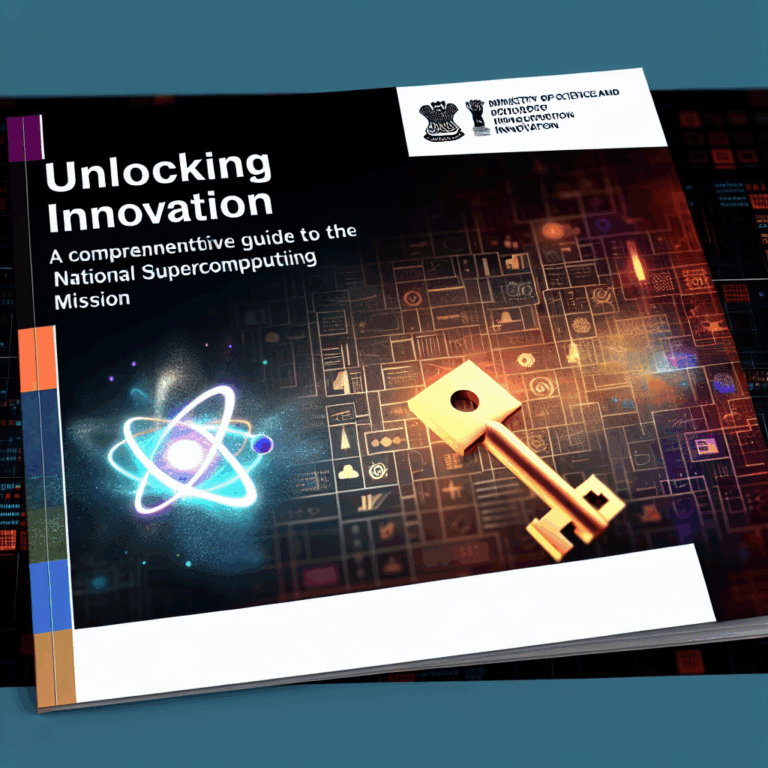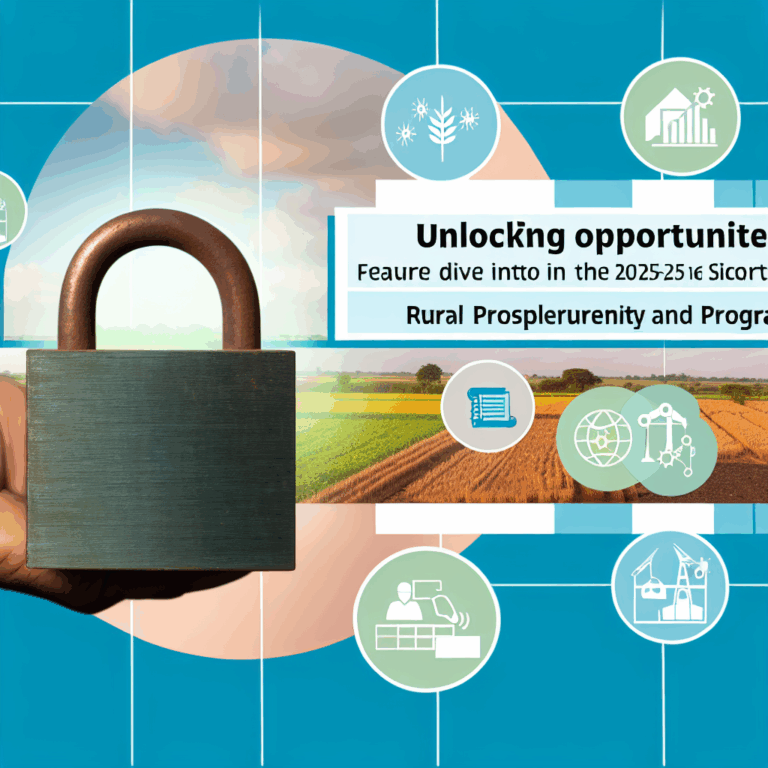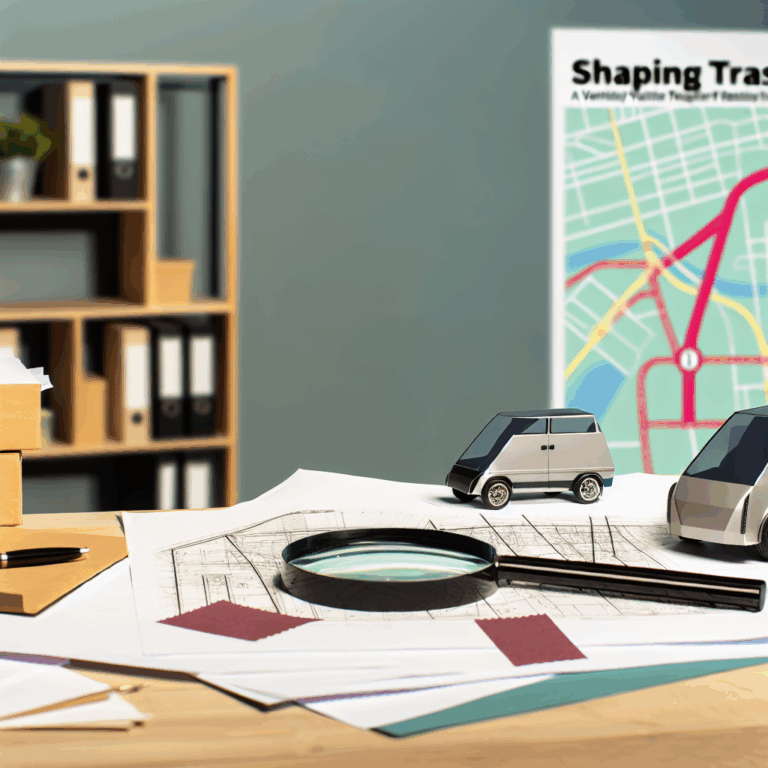Copyright @ 2023 www.digimitr.com. All rights reserved.

Everything You Need to Know About the Voluntary Vehicle Fleet Modernization Programme: A Comprehensive Guide to MORTH’s Initiative for Sustainable Transportation
Explore the key aspects of the government scheme titled “Everything You Need to Know About the Voluntary Vehicle Fleet Modernization Programme: A Comprehensive Guide to MORTH’s Initiative for Sustainable Transportation”. This scheme is managed by the relevant ministry and aims on delivering benefits to eligible beneficiaries.
Here is a comprehensive overview:
The Voluntary Vehicle Fleet Modernization Programme (V-VMP) is an initiative launched by the Ministry of Road Transport and Highways (MORTH) aimed at facilitating the modernization of vehicle fleets across India. As the need for sustainable transportation intensifies to combat air pollution and enhance road safety, the V-VMP serves as a cornerstone for the government’s efforts to transition to cleaner transportation technologies. By incentivizing the phasing out of old and polluting vehicles, the program contributes not only to environmental goals but also to economic and social objectives such as job creation and improved public health.
Eligibility Criteria
The eligibility to participate in the V-VMP is structured primarily around specific vehicle criteria. Fleet owners or operators who possess commercial vehicles that are older than a defined cut-off year are encouraged to apply. Typically, only vehicles that are more than 15 years old qualify under this initiative. Additionally, participants must demonstrate ownership and provide verification of registration and operational status through necessary documentation. Fleet operators from various sectors, such as public transport, logistics, and goods transport, are included within the ambit of this program, making it accessible to an array of businesses.
Key Features and Benefits
The V-VMP encompasses several key features that align with its objectives of modernization and sustainability. One of the central components is the financial incentives provided to fleet owners for scrapping older vehicles. These incentives, often in the form of cash grants or tax rebates, encourage the adoption of newer, less polluting vehicles that comply with the latest emission norms.
Another significant feature is the focus on electrification and hybridization of vehicle fleets. The program directs a substantial portion of its resources towards promoting electric and hybrid vehicle technology, which is vital for reducing carbon emissions. In addition to environmental benefits, the initiative fosters energy independence, reducing the reliance on fossil fuels.
In terms of benefits, participating fleet owners not only stand to gain financially from incentives but also witness savings on maintenance costs associated with aging vehicles. Newer vehicles boast advanced technology, higher fuel efficiency, and lower emissions, enhancing the overall operational efficiency of the fleet. Public health benefits are also considerable; with fewer old vehicles on the road, communities may experience improved air quality and reduced health risks associated with pollution.
Application Process
The application process for the V-VMP is designed to be straightforward yet comprehensive. Fleet owners must first assess their vehicle inventory to determine eligibility based on age and condition. Following this, interested applicants can access the V-VMP portal where they need to complete an online application form. Essential documentation may include vehicle registration details, proof of ownership, and compliance certificates.
Once submitted, applications are reviewed by designated officials, and subsequent verification involves inspections of the vehicles planned for scrapping. Post-approval, fleet owners can initiate the process of scrapping the old vehicles through authorized recycling centers. The final step typically involves the submission of scrapping certificates to claim the financial incentives.
Funding and Budget
To support the V-VMP’s initiatives, the government has allocated a substantial budget aimed at covering incentive payouts, infrastructure improvements for electric vehicle charging stations, and outreach programs to raise awareness. The financing typically comes from a combination of the central and state government budgets, complemented by potential collaborations with private sectors and international funding agencies.
The allocation is earmarked not just for scrapping incentives but also for research and development in sustainable transportation technologies, encouraging innovation in the automotive industry. Financial audits and transparency mechanisms are put in place to ensure efficient allocation and utilization of funds, thereby reinforcing the program’s integrity and trustworthiness.
Achievements or Impact
Since its inception, the V-VMP has made considerable strides in modernizing the vehicle fleet across India. Numerous old and polluting vehicles have been successfully phased out, significantly reducing vehicular emissions. Data collected from initial phases of the program has shown a marked improvement in air quality, particularly in urban centers, where traffic congestion and pollution are most acute.
Furthermore, the initiative has fostered the development of the electric vehicle market in India, spurring manufacturers to innovate and create cost-effective, highly efficient models. Job creation is another significant impact, with both the scrappage of old vehicles and the emergence of new manufacturing and servicing facilities for modern vehicles leading to employment opportunities in various sectors.
Challenges
While the V-VMP has made notable achievements, it also faces several challenges. One of the major hurdles is public awareness; many fleet owners remain uninformed about the benefits and financial incentives available under the program, leading to underutilization of the initiative. Additionally, the transition to modern fleet technologies can be costly for small operators, who may struggle to meet the upfront costs of new vehicles, even with incentives in place.
Another issue involves the availability of localized charging infrastructure for electric vehicles. In many regions, insufficient charging stations limit the feasibility of transitioning to electric vehicles, thereby stalling the program’s objectives. Continuous efforts are needed to improve infrastructure development in tandem with the policy initiatives.
Recent Updates
In recent months, MORTH has made several updates to the V-VMP aimed at enhancing participation rates. New outreach initiatives have been launched to educate vehicle owners and fleet operators about the advantages of modernizing their fleets. Furthermore, the introduction of tiered incentives based on vehicle category and emission standards has encouraged broader participation.
The government is also exploring partnerships with technology companies to improve the infrastructure necessary for electric vehicles, aiming to address charging station shortages. Regular assessments and feedback from stakeholders are being incorporated to ensure the program adapts to emerging challenges and opportunities.
Conclusion
The Voluntary Vehicle Fleet Modernization Programme represents a significant effort by the Indian government to promote sustainable transportation practices. By modernizing commercial vehicle fleets, the initiative contributes positively to environmental protection, public health, and economic growth. While challenges exist, continued government support, public engagement, and infrastructural improvements will be crucial in fulfilling the program’s objectives.
FAQ
1. Who is eligible to apply for the V-VMP?
To be eligible, fleet operators must own commercial vehicles that are older than 15 years. They should provide necessary documentation, including registration and ownership proofs, to participate in the program.
2. What types of incentives are offered under the V-VMP?
The V-VMP offers financial incentives such as cash grants or tax rebates to fleet owners for scrapping their old vehicles and transitioning to newer, more efficient models.
3. How does the application process work for the V-VMP?
Fleet owners need to assess their vehicle inventory, fill out the online application form, and submit required documentation. After verification and inspection, they can proceed to scrap their old vehicles and claim incentives.
For more information, check out official government site,
Official government website or relevant source not provided.
Stay updated on related schemes and initiatives using hashtags: #Voluntary #Vehicle #Fleet #Modernization #Programme #Comprehensive #Guide #MORTHs #Initiative #Sustainable #Transportation
Share your thoughts about this scheme in the comments below!





